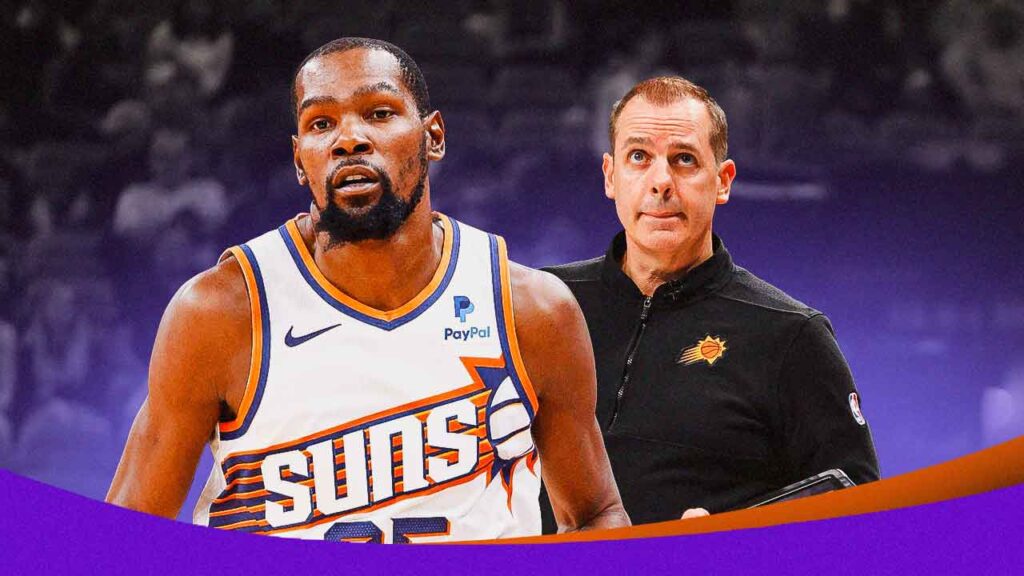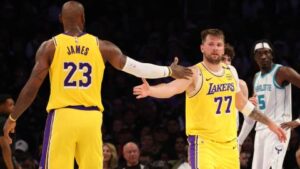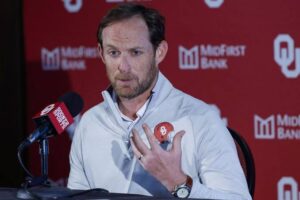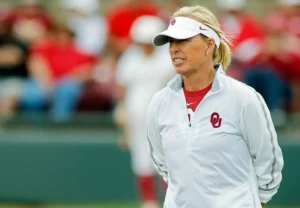
The Suns are more similar to Budenholzer’s Hawks than to his Bucks.
New Phoenix Suns head coach Mike Budenholzer may be best known for his successful stint with the Milwaukee Bucks, but his tenure with the Atlanta Hawks stands out as his most impressive work.
Those Hawks teams, despite lacking a superstar, managed a 60-win season, made the playoffs four consecutive years, and reached one conference final. The structure of those teams, aside from the lack of star power, more closely resembles the current Suns roster than Budenholzer’s Bucks teams.
If the Suns find it difficult to make significant roster changes this offseason, Budenholzer’s time with the Hawks could serve as a roadmap for building a successful team with the current personnel. Like the current Suns, the Hawks relied heavily on their big men for playmaking. Paul Millsap and Al Horford regularly exceeded 3 assists per game during the Hawks’ peak years, while Jusuf Nurkić averaged 4 assists per game this season.
Unlike the Suns, the Hawks consistently employed a traditional point guard, but only once did a Hawks guard surpass the 6.9 assists per game mark that Devin Booker achieved this season. Both teams favored a committee approach to playmaking.
Interestingly, the Hawks were even smaller than this Suns team, with Millsap and Horford both being shorter than Nurkić and Kevin Durant. Despite their size, the Hawks didn’t play at a breakneck pace; their average pace ranking during their three best years (2014-16) was 11th. Similarly, this year’s Suns ranked 15th in pace.
The key for Budenholzer is to get the Suns to shoot more 3s. During his full tenure with the Hawks, their average ranking in 3s attempted was 8th, whereas the Suns ranked 25th this season. The Hawks achieved their ranking without a stretch five, as Horford only started shooting more 3s later in Budenholzer’s tenure. This suggests the Suns could increase their 3-point attempts without needing a center who shoots from beyond the arc, relying instead on other roster members to boost their attempts.
The Suns, maintaining their slow pace but increasing their 3-point shooting, could become a more powerful version of those Hawks teams offensively. Those Hawks teams always had a plan, stuck to it, and rarely showed the kind of disconnect the Suns exhibited this year. However, the Hawks struggled in the playoffs against more talented, star-laden teams, a problem the Suns wouldn’t face due to their own star power.
However, the Suns would still encounter defensive issues that should discourage them from emulating the Hawks. The Hawks played small effectively because the league was trending towards smaller lineups. Today’s NBA features dominant big men and teams stockpiling bigger wings. The Suns, with KD at the four alongside three guards in the starting lineup, are too small for today’s game.
Even without the trend towards bigger lineups, the Suns lack the defensive players that made the Hawks successful. Horford and Millsap were excellent defenders, each having made All-Defensive teams in their careers. Nurkić is not on that level defensively, as seen this season, and the Suns lack other All-Defensive caliber players aside from KD.
Bud can install a system and tweak the team’s offensive approach, but he can’t transform poor defenders into great ones or increase the team’s size. Therefore, it remains in the Suns’ best interest to reshape their roster to adapt to the modern NBA. While Budenholzer’s achievements with the Hawks are commendable, that success shouldn’t be the foundation for the Suns’ team-building strategy going forward.





